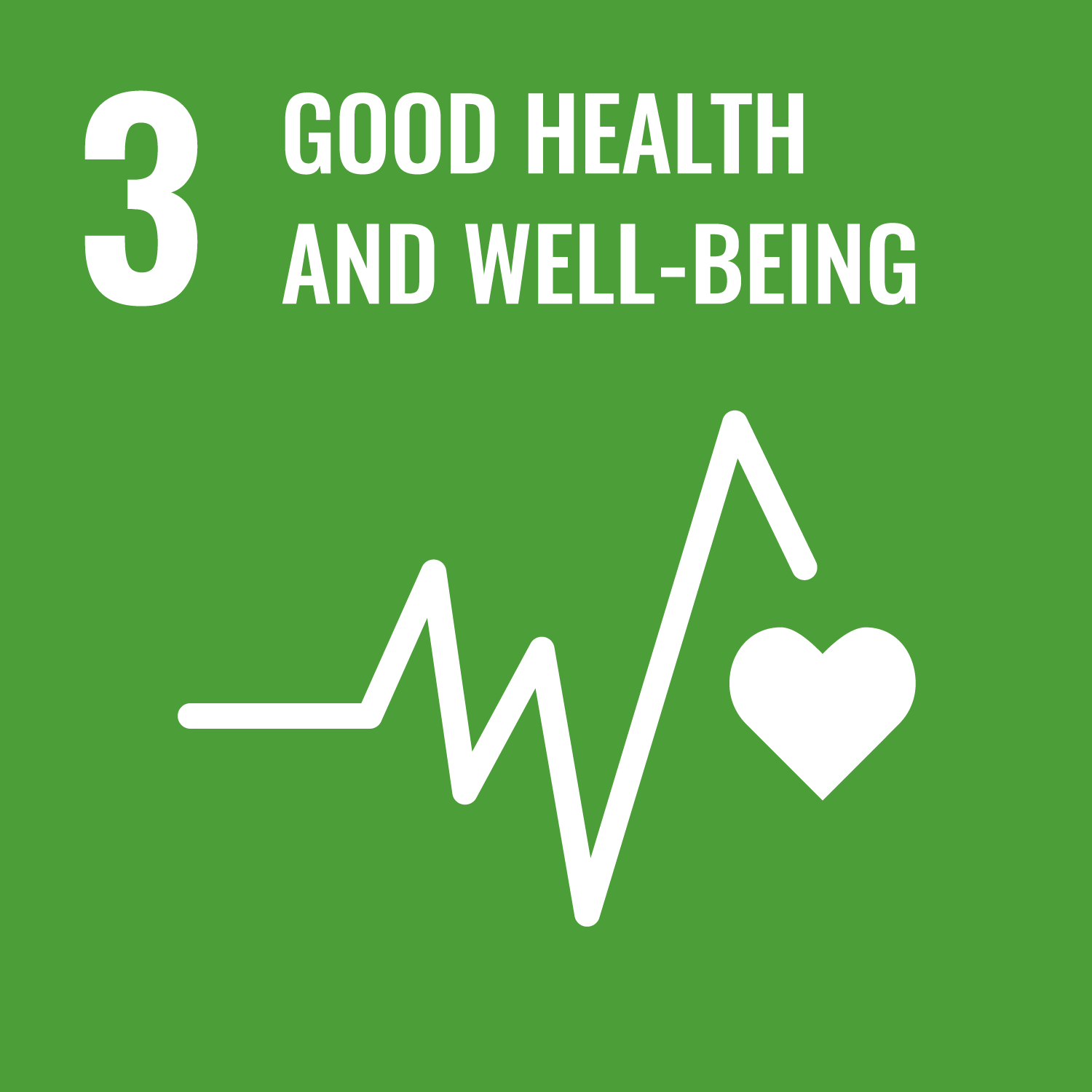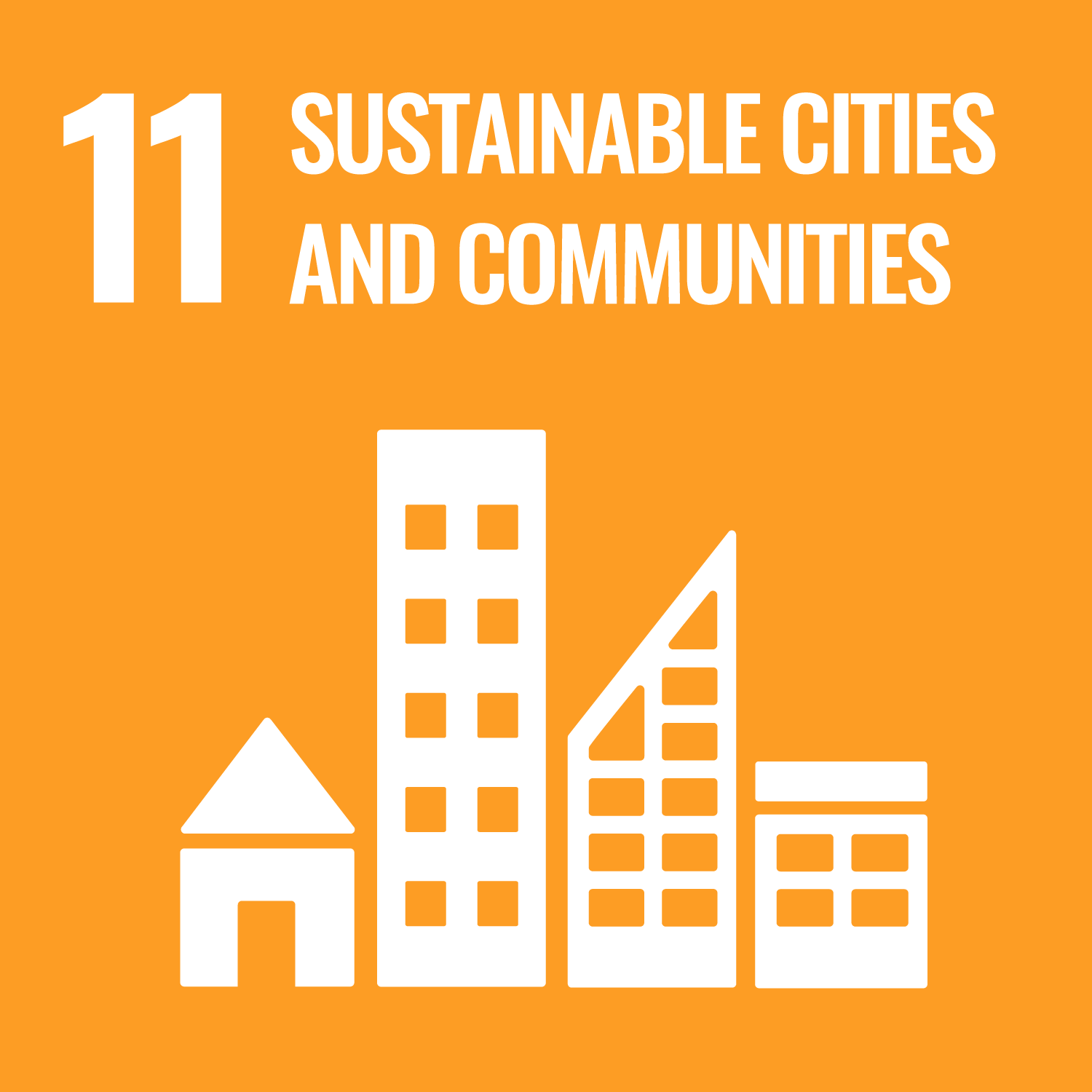This ten-page guide looks at seven of The Sustainable Development Goals (SDGs) and highlights the issues faced by LGBT people in the implementation of each goal. Specifically, the guide addresses goals one (no poverty), three (good health and well-being), four (quality education), five (gender equality), ten (reduced inequalities), eleven (sustainable cities and communities) and sixteen (peace, justice and strong institutions). The guide opens with a short introduction of the SDGs and highlights the importance of the “leave no one behind” principle. The authors argue that the principle is particularly important for LGBT people as they continue to face issues of social and legal discrimination. The authors further argue that national and international development programmes which fail to adequately take into account the specific needs of LGBT people are not upholding the “leave no one behind” principle. The report affirms that the impact of these challenges on LGBT people are, among other issues, poorer educational, health and economic outcomes. The authors further argue that poverty cannot be eradicated until development organisations and governments account for and respond to the needs of LGBT people in their initiatives to address the SDGs.
The guide addresses each of the seven chosen SDGs separately. Each SDG is first discussed in terms of how LGBT people have been left behind in the implementation of the SDG. A specific example of this occurring is then provided. Following the example, recommendations of practical actions that can be taken by organisations to ensure the full inclusion of LGBT people in their work are listed. A case study highlighting the success of a development organisation working to address the needs of LGBT people is provided for each SDG. Each case study introduces a particular development organisation, outlines a specific problem faced by an LGBT person or group and then explains how the organisation was able to work towards overcoming the issue. The report concludes with seven final recommendations of how to ensure that LGBT people are not left behind in international development.







